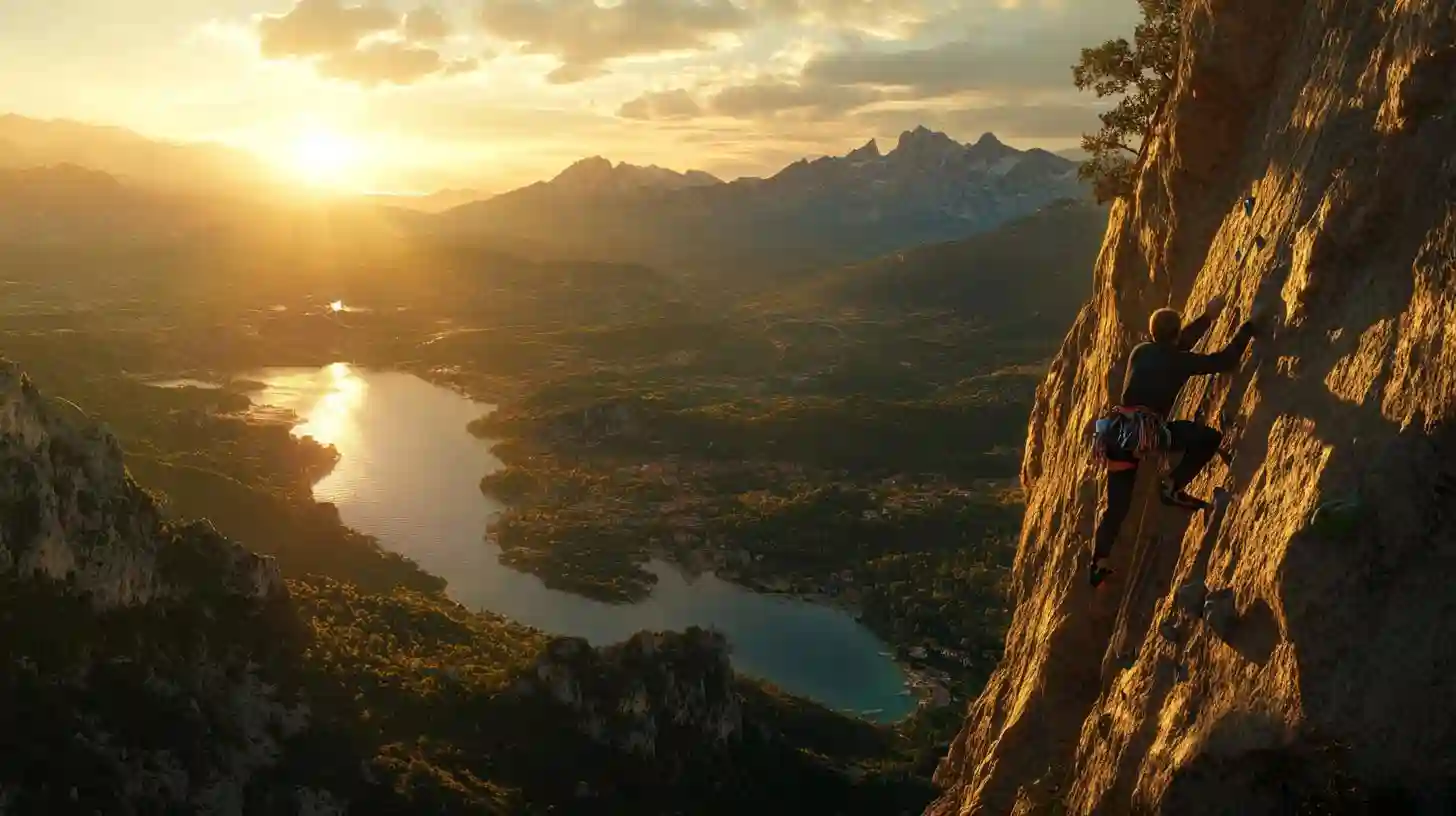
Knowledgetrovehq

As urban landscapes expand and technology permeates every aspect of daily life, a growing number of adventurers are turning to the great outdoors for an escape from their routines. Among the various activities that thrill-seekers are gravitating towards, rock climbing has emerged as a particularly popular choice. The sport offers not only a physical challenge but also a deep connection to nature, which appeals to those looking to dive into adventure while honing their skills and seeking adrenaline in the heights.
Rock climbing is more than just a fitness trend; it has evolved into a vibrant community characterized by shared experiences and camaraderie. Climbers often find themselves in awe of the magnificent cliffs and crags that dot landscapes around the world, from rugged mountain ranges to serene coastal cliffs. Immersing oneself in these natural wonders can be exhilarating, providing climbers with the perfect blend of physical exertion and breathtaking views. A day spent scaling vertical walls often results in not only an impressive physical workout but also a profound appreciation for the beauty surrounding them.
The accessibility of climbing routes has played a significant role in its rise in popularity. Many regions around the globe have developed climbing areas that cater to a variety of skill levels. This inclusivity allows newcomers to dip their toes into the sport without feeling overwhelmed. Guided climbing experiences are now widely available, with programs designed to introduce beginners to the techniques and safety measures essential for the activity. These experiences make it easier for those who might have once shunned adventure sports to take the plunge, often igniting a passion that leads to more challenging climbs over time.
Moreover, advancements in climbing gear have contributed to a surge in enthusiasts. Improved equipment, such as lightweight harnesses, durable climbing shoes, and state-of-the-art protective gear, make the sport safer and more accessible than ever. Innovations have not only enhanced safety but also provided climbers with tools to explore previously unreachable heights. This evolution in technology allows climbers to push their limits and embark on exciting journeys, fostering a culture of exploration and achievement.
The social aspect of rock climbing adds another dimension to its appeal. Climbing is often a communal experience where individuals from various backgrounds come together to conquer challenges, bond over shared experiences, and support one another in pushing through fears. Climbing gyms have popped up in cities worldwide, serving as locales where people can connect, train, and cultivate lasting friendships. Community events, competitions, and climbing festivals further reinforce this supportive atmosphere. Many climbers find a sense of belonging that transcends their individual journeys, creating lasting relationships forged through shared experiences, triumphs, and even frustrations.
Another enticing element of rock climbing is the mental aspect that complements its physical demands. Climbers are frequently faced with problem-solving scenarios as they navigate routes, needing both focus and ingenuity to figure out the most effective way to ascend. This mental challenge can lead to a satisfying sense of accomplishment once a climb is completed, engendering resilience and determination. The concentration required in climbing encourages practitioners to unplug from their everyday lives, providing a much-needed mental reprieve from a fast-paced world.
Mental well-being is enhanced upon experiencing the tranquility of natural settings. Research has demonstrated that spending time in nature contributes positively to mental health, allowing individuals to reduce stress and reset amidst the serene environment. Being on a climbing expedition offers an immersive experience, where the rush of adrenaline is balanced by the soothing embrace of the natural world. This connection to the earth can help build mindfulness and foster self-awareness, making climbing not only an exhilarating adventure but also a path toward personal growth.
With the increasing awareness of environmental issues, many climbers are also advocating for and practicing sustainable climbing. As climbers seek to preserve the natural beauty they cherish, initiatives emphasizing responsible climbing practices encourage respect for the environment. This growing awareness of the need to protect the areas that provide thrill-seekers their playground reflects a broader desire within the climbing community to advocate for preserving the planet.
As adventurers continue to seek new ways to embrace the outdoors, rock climbing stands out as an alluring option that provides a thrilling mix of physical challenge, community connection, and mental fortitude. With its rapidly growing popularity, the sport not only satisfies the cravings of those seeking excitement but also cultivates a deep respect for nature and a commitment to preserving the very environments that inspire climbers to reach for new heights.